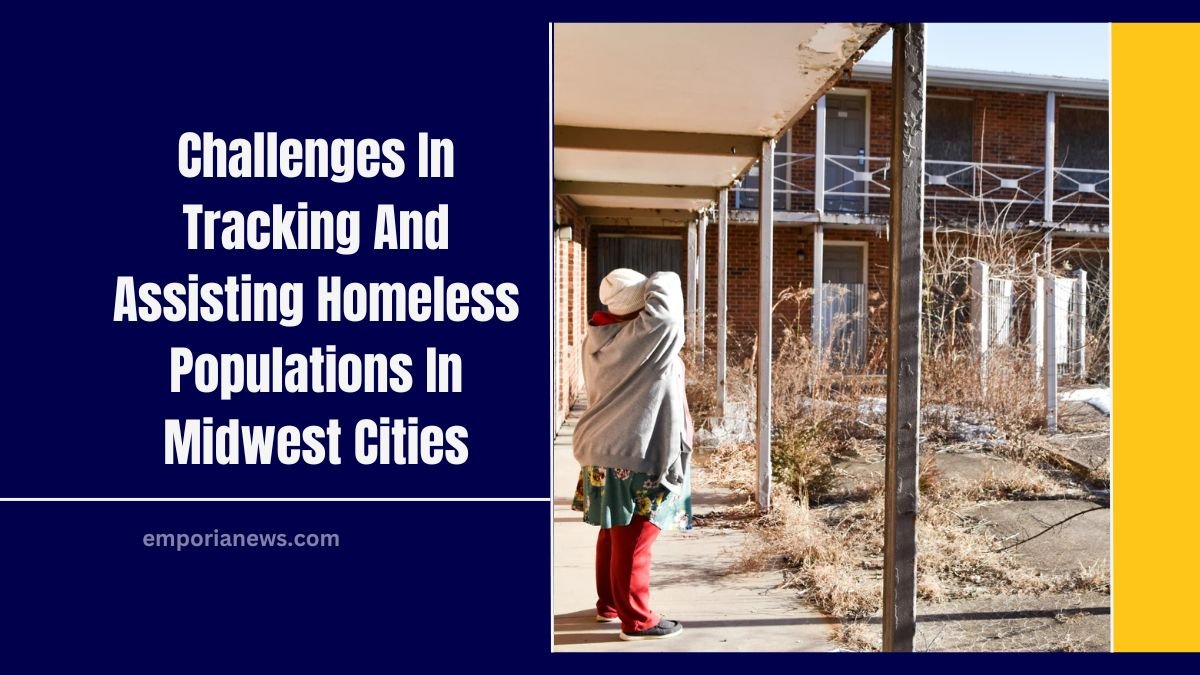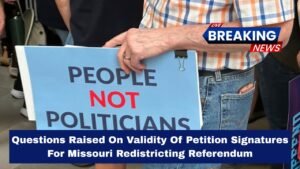The Midwestern United States is experiencing a significant rise in homelessness, making it increasingly challenging for authorities and organizations to track and assist those in need.
Factors such as economic downturns, lack of affordable housing, and ineffective data collection methods contribute to this growing issue.
This article delves into the complexities of homelessness in Midwest cities, highlighting the difficulties in monitoring and providing support to this vulnerable population.
Rising Homelessness in the Midwest
In recent years, Midwest cities have seen a notable increase in their homeless populations. For instance, in Chicago, the number of individuals experiencing homelessness rose from 3,875 in 2022 to 6,139 in 2023.
This upward trend is not isolated to urban centers; rural areas are also witnessing a surge in homelessness, further complicating efforts to provide adequate support.
Challenges in Tracking the Homeless Population
Accurately tracking the homeless population is fraught with challenges:
- Transient Nature: Many individuals experiencing homelessness frequently move between locations, making it difficult to maintain accurate records.
- Undercounting: Traditional methods, such as the Point-in-Time (PIT) Count, often underrepresent the actual number of homeless individuals due to their reliance on volunteers and the inherent limitations of a single-night count.
- Hidden Homelessness: A significant number of homeless individuals, including families and youth, live in situations not easily visible, such as “couch surfing” with friends or relatives, leading to underreporting.
Factors Contributing to Homelessness
Several factors contribute to the increasing homelessness in Midwest cities:
- Economic Challenges: The Midwest has faced economic downturns, leading to job losses and financial instability for many residents.
- Affordable Housing Shortage: A critical shortage of affordable housing options forces individuals and families into homelessness.
- Policy Limitations: Existing policies may not adequately address the root causes of homelessness, focusing instead on temporary solutions rather than long-term stability.
Impact of Anti-Homeless Legislation
Some Midwest cities have enacted anti-homeless legislation, such as bans on camping, loitering, and panhandling.
While intended to manage public spaces, these laws often exacerbate the challenges faced by homeless individuals, pushing them into more hidden and less safe areas, thereby making them harder to track and assist.
Efforts to Address Homelessness
Various initiatives are underway to combat homelessness in the Midwest:
- Project Homeless Connect: Events like the one held in Wood River, Illinois, offer free services such as housing assistance, job support, and health services to connect homeless individuals with vital resources.
- Increased Funding Requests: Advocacy groups, such as the Illinois Shelter Alliance, are calling for substantial increases in state funding to prevent homelessness and provide shelter, highlighting the need for comprehensive solutions.
Statistical Overview
The table below provides a snapshot of homelessness in select Midwest cities:
| City | Homeless Population (2023) | Percentage Increase from 2022 |
|---|---|---|
| Chicago | 6,139 | 58% |
| Indianapolis | 1,619 | Data not specified |
| St. Louis | Data not specified | Data not specified |
The increasing homelessness in Midwest cities presents significant challenges in tracking and providing assistance to those in need.
Addressing this issue requires a multifaceted approach, including improving data collection methods, increasing funding for support services, and enacting policies that focus on long-term solutions rather than temporary fixes.
By understanding the complexities and implementing comprehensive strategies, Midwest cities can work towards reducing homelessness and supporting their most vulnerable residents.




